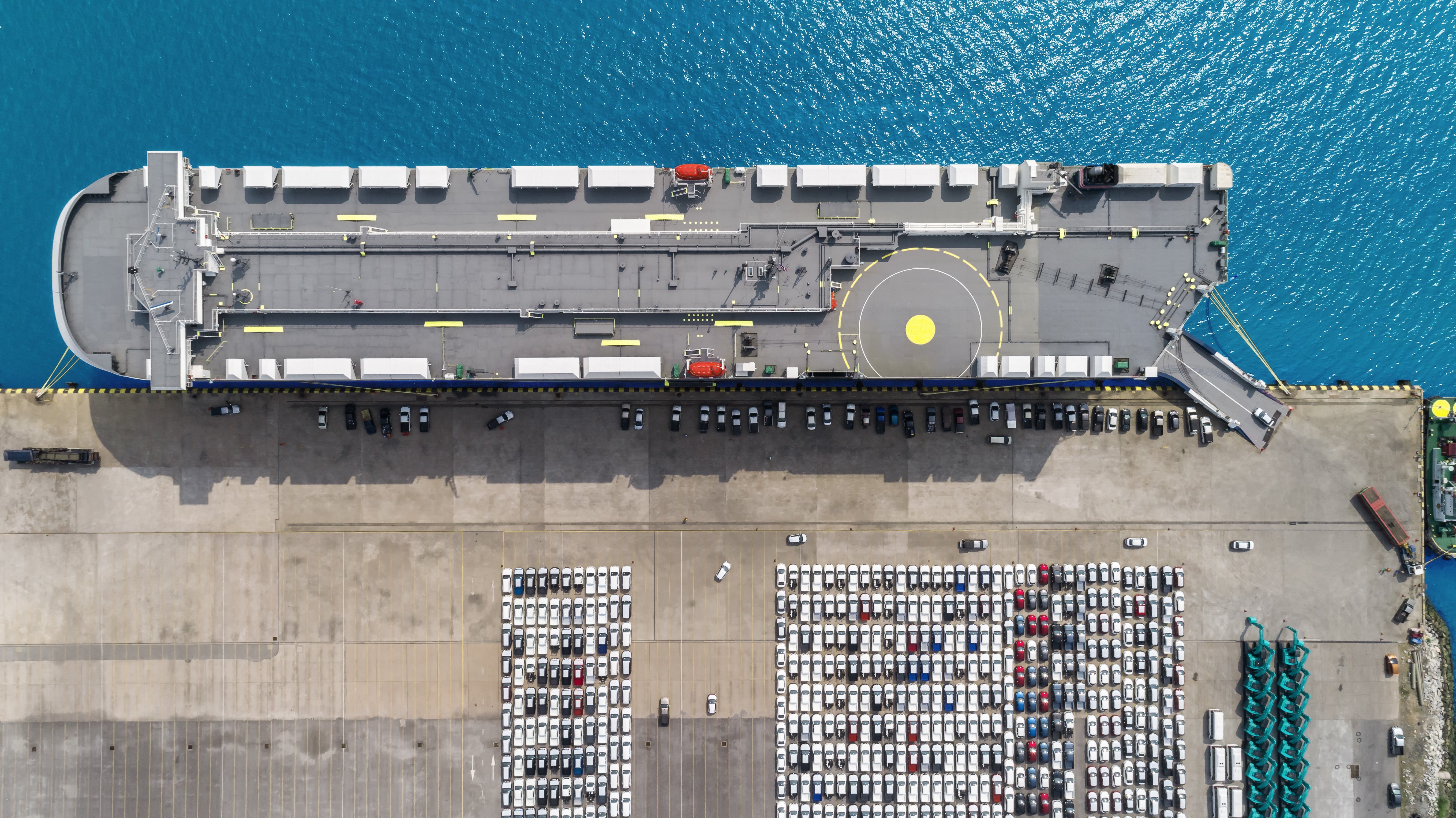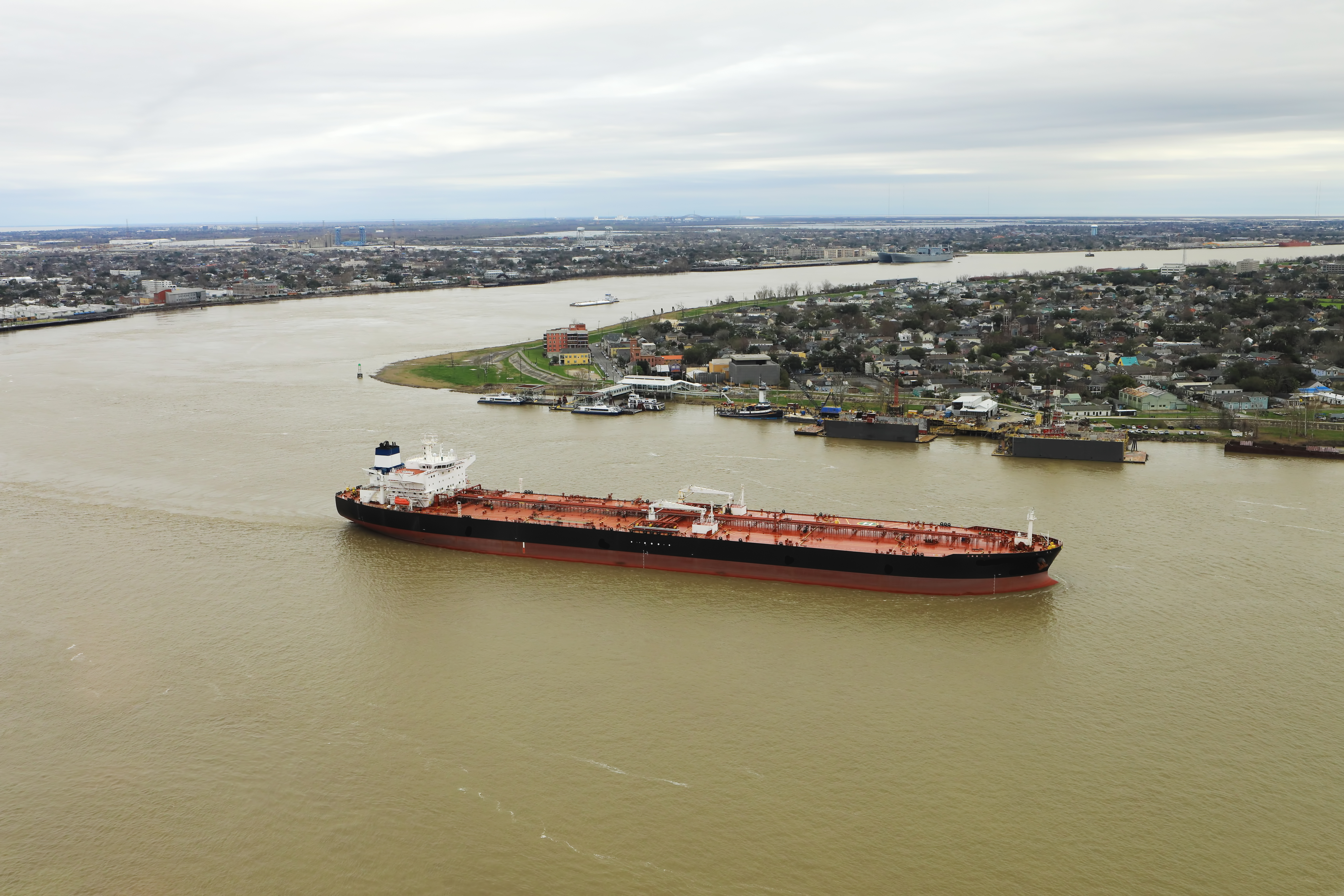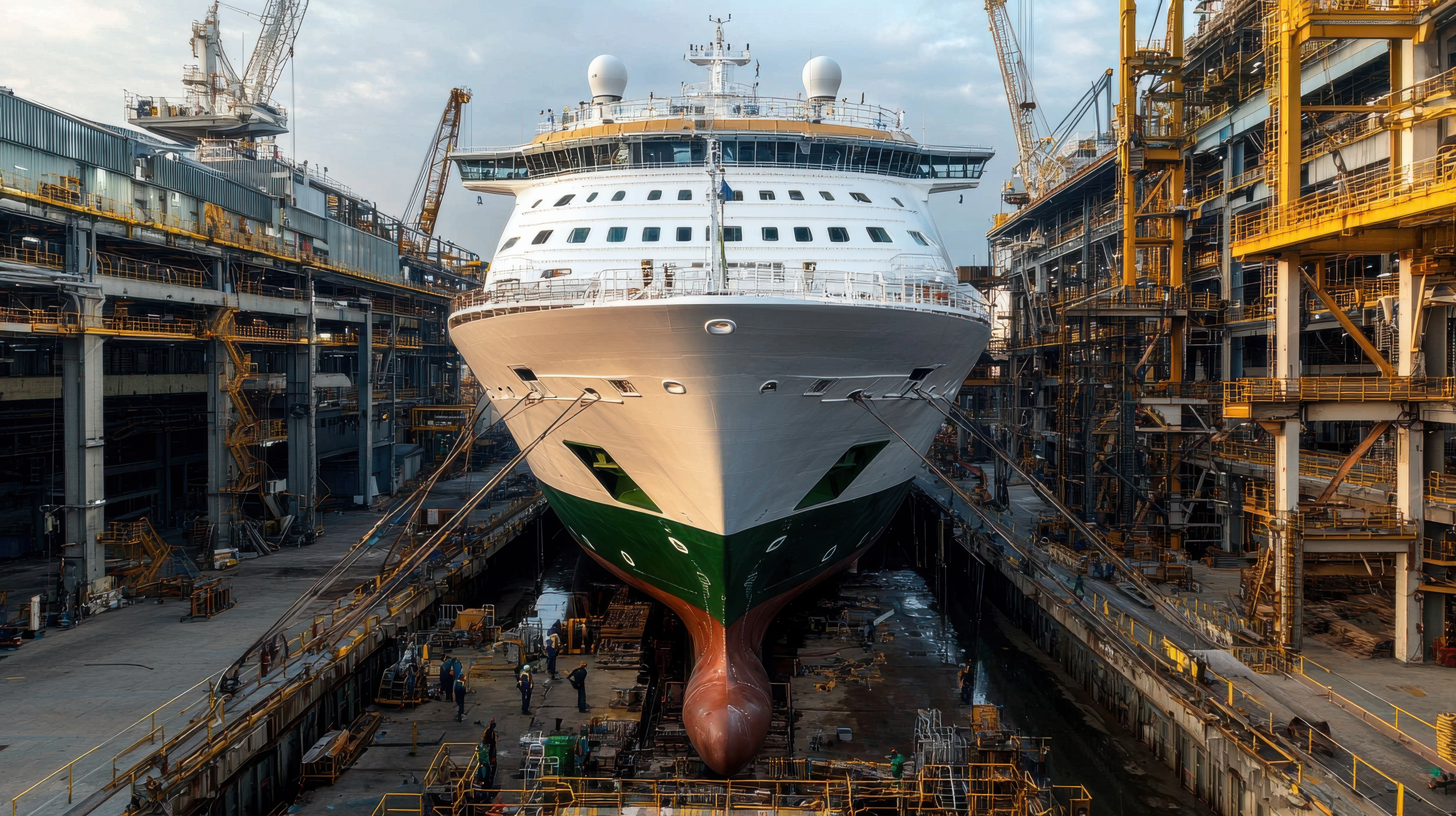
Can a crewmember who sustains an injury while following the orders of a supervisor be held responsible for their own negligence in carrying out those orders? Rosa Ostrom, Schwabe, Williamson & Wyatt, and Jennifer Porter, the UK P&I Club, wade through the various jurisdictional takes on the Direct Order doctrine.
Under the Jones Act, a seafarer’s employer is liable for damages if the employer’s negligence caused the injury. But, if the seafarer’s own negligence contributed to the injury, the doctrine of comparative fault may reduce or even bar recovery. That’s not always the case, however, when a crewmember contends that they were merely following orders.
It turns out that the availability and application of comparative fault varies based on the jurisdiction, and whether or not the seafarer was acting on a “direct” (e.g., specific) or “general” order from a superior.
Specific or direct orders
When a supervisor instructs a crewmember to do a task in a specific manner, and the crewmember is injured while performing the task as directed, courts have generally prohibited the employer from arguing comparative fault.
The Fifth Circuit has described a “specific” call or order as “one that must be accomplished using a specific manner and method and leaving the seaman with no reasonable alternative [as to how] to complete the assigned task”.1 In Williams v. Brasea, the master of a vessel brought suit against his employer for negligence after being injured while attempting to untangle a line.2Williams alleged that a fellow crewmember negligently turned on the power to a winch that tightened the lines and caused the master’s injury. The court found that if the master had ordered his employee to engage the power, the employee could not be negligent because he was following a direct order from his supervisor: “A seaman’s duty to obey orders from his immediate superior overrides the postulate that the seaman must delay execution of the order until he makes a reasonable effort to be sure that following the order will not [cause injury].”3
Despite focusing on an injury to a supervisor, Williams has been relied on by other courts in both the Fifth and Eighth Circuits as a foundation for finding that a seafarer “cannot be found comparatively negligent ... when following an order to complete a task in a specific manner.”4
General orders or calls for help
On the other hand, where a seafarer is directed to complete a task, but is given discretion in how to accomplish it, the company may still argue for comparative fault if the seafarer fails to act with “ordinary prudence” in completing the assigned task.
In Knight v. Kirby Offshore Marine Pacific, a tankerman was injured after his supervisor ordered him to change out the line being used to tow a barge. The tankerman placed the line on the deck next to him and then accidentally stepped on the same line, injuring his ankle. The trial court found that the plaintiff bore 50% fault. On appeal, the Fifth Circuit upheld the application of comparative fault, explaining that while a crewmember may not be found contributorily negligent for carrying out a specific or direct order from a superior, contributory negligence may still mitigate damages if the crewmember had alternatives available and chose an unreasonable course in completing the task.
Knight was a highly divided opinion, but the majority agreed that the rule barring contributory negligence should only apply to specific, and not general, orders, whereas the dissent would enforce a bright-line rule prohibiting fault whenever a crewmember is injured while following an order from a superior.
The Sixth Circuit has also weighed in on the issue and looks at whether there was a safer alternative. In Burden v. Evansville Materials, Inc., the court considered whether a seafarer who injured his back while moving cables aboard a tug was contributorily negligent.5 The court found that there was another employee available to assist the plaintiff with the job and that the plaintiff had the authority to request help. Because of the availability of this “safer alternative”, the court permitted the employer to argue that the seafarer was comparatively at fault for his injuries.
The First Circuit has likewise allowed comparative fault where the seafarer was not acting pursuant to a direct order from a superior and could have chosen a safer course of action. In Wilson v. Maritime Overseas Corp., the plaintiff was injured while patching hydraulic lines at sea.6 The court held that a reasonable jury could find that the plaintiff was acting under his own authority, and that he should have known his planned repair method could lead to injury. Most importantly, a safer course of action was available to him and there was no need for this repair to happen while the ship was at sea. Accordingly, the Direct Order doctrine did not preclude the employer from seeking comparative fault.
Urgent orders
The Ninth Circuit has taken a stricter approach: while generally following the “safer alternative” approach of the Fifth, Sixth and First Circuits, the Ninth Circuit appears to provide an exception to the rule where urgency requires the crewmember to act without taking the time to consider whether safer alternatives exist. In Simeonoff v. Hiner, the crewmember was injured while responding to a supervisor’s call to remove corrosion-blocking tape from a leaking hydraulic pipe.7 When the crewmember removed the tape, the hose gave out and fell on him. On appeal, the Ninth Circuit held that the plaintiff could not be contributorily negligent because he was following his supervisor’s urgent order.
Where the seafarer responded to an “urgent, yet general” call for assistance, the Ninth Circuit reasoned that requiring the seafarer to make an independent evaluation of the situation (thus second-guessing the superior) was a dangerous choice unsupported by a cost/benefit analysis:
An order given from superior to seaman on the open sea should constitute the result of the superior’s consideration of risk to the seaman balanced against the value of the task to the safety and mission of all. It is more reasonable for a seaman to follow an order without assessing alternatives than to weigh alternatives beyond the immediate order. To assess alternatives is to second guess a superior’s assessment of the situation. Disruption of the chain of command at sea, and delays by seamen in executing orders, may imperil crew and vessel.8
Under those urgent circumstances, allowing the seafarer time to pause and evaluate the dangers of responding to a call for help may result in injury to the crew or vessel.
In an ideal world, licensed officers will always provide clear and concise orders, taking into account the safety of the ship and the people they supervise. But when accidents happen, our members should be aware that personal-injury attorneys in the U.S., and especially on the West Coast, may take advantage of how the supervisor’s orders were perceived and what discretion was given to the crewmember. Thus, clear and open communication between all levels of the crew and a robust system of Stop Work Authority should be the goal.
This article summarises aspects of the law and does not constitute legal advice. For legal advice for your situation, you should contact an attorney or your Club representative.
1. Knight v. Kirby Offshore Marine Pac., 983 F.3d 172, 179 (5th Cir. 2020).
2. Williams v Brasea, Inc., 497 F.2d 67, 71 (5th Cir. 1974), op. amended on denial of reh'g, 513 F.2d 301 (5th Cir. 1975).
3. Id. at 73.
4.Alholm v Am. Steamship Co., 144 F.3d 1172, 1179 (8th Cir. 1998).
5. Burden v Evansville Materials, Inc., 840 F.2d 343, 344 (6th Cir. 1988).
6. Wilson v Mar. Overseas Corp., 150 F.3d 1, 12 (1st Cir. 1998).
7. Simeonoff v. Hiner, 249 F.3d 883, 890 (9th Cir. 2001).
8. Id. at 890.





